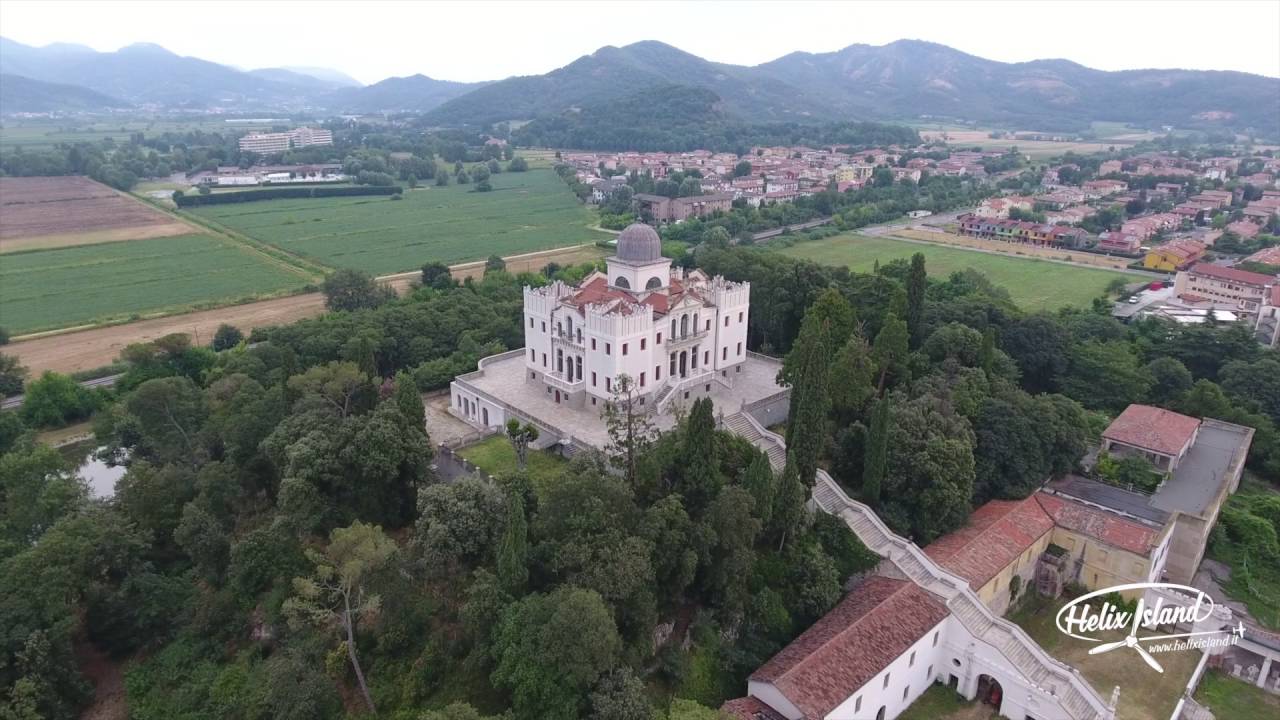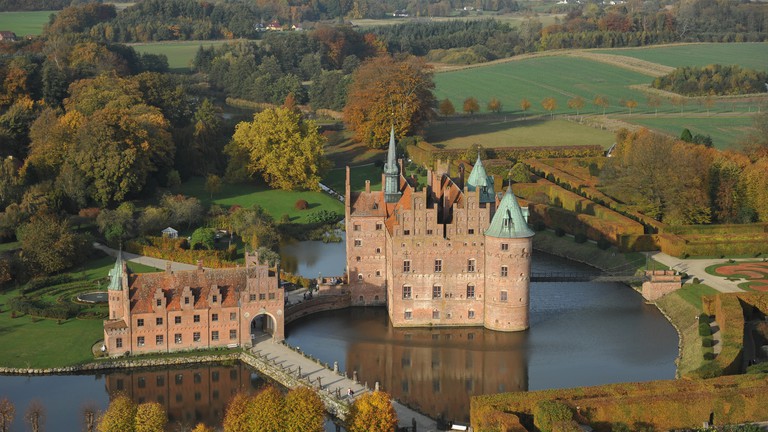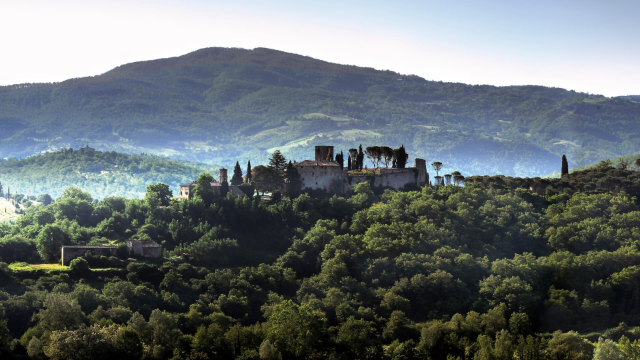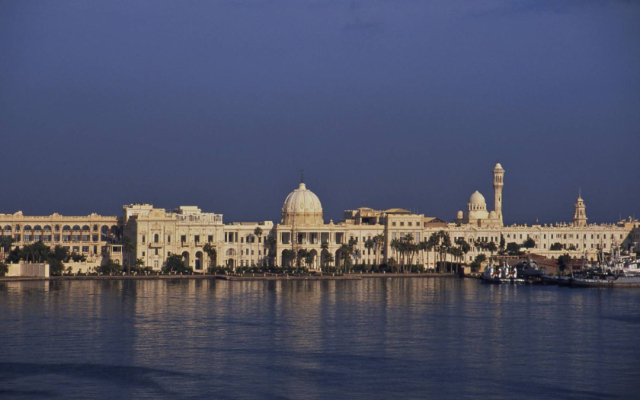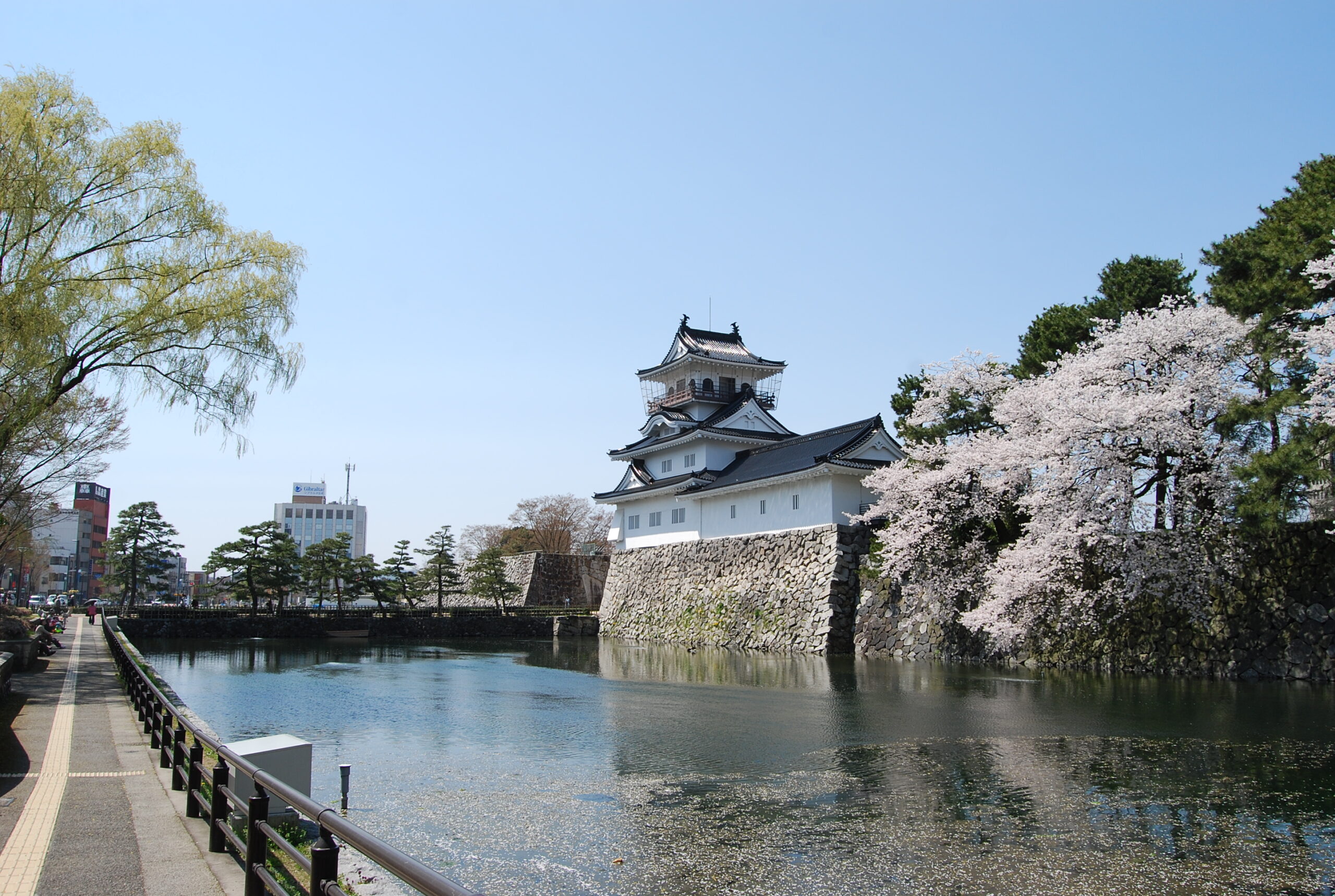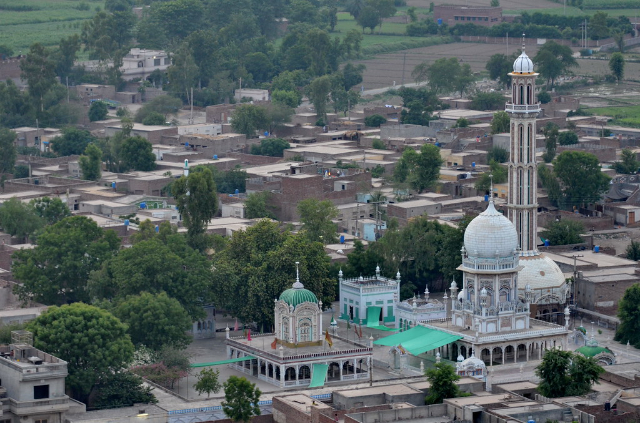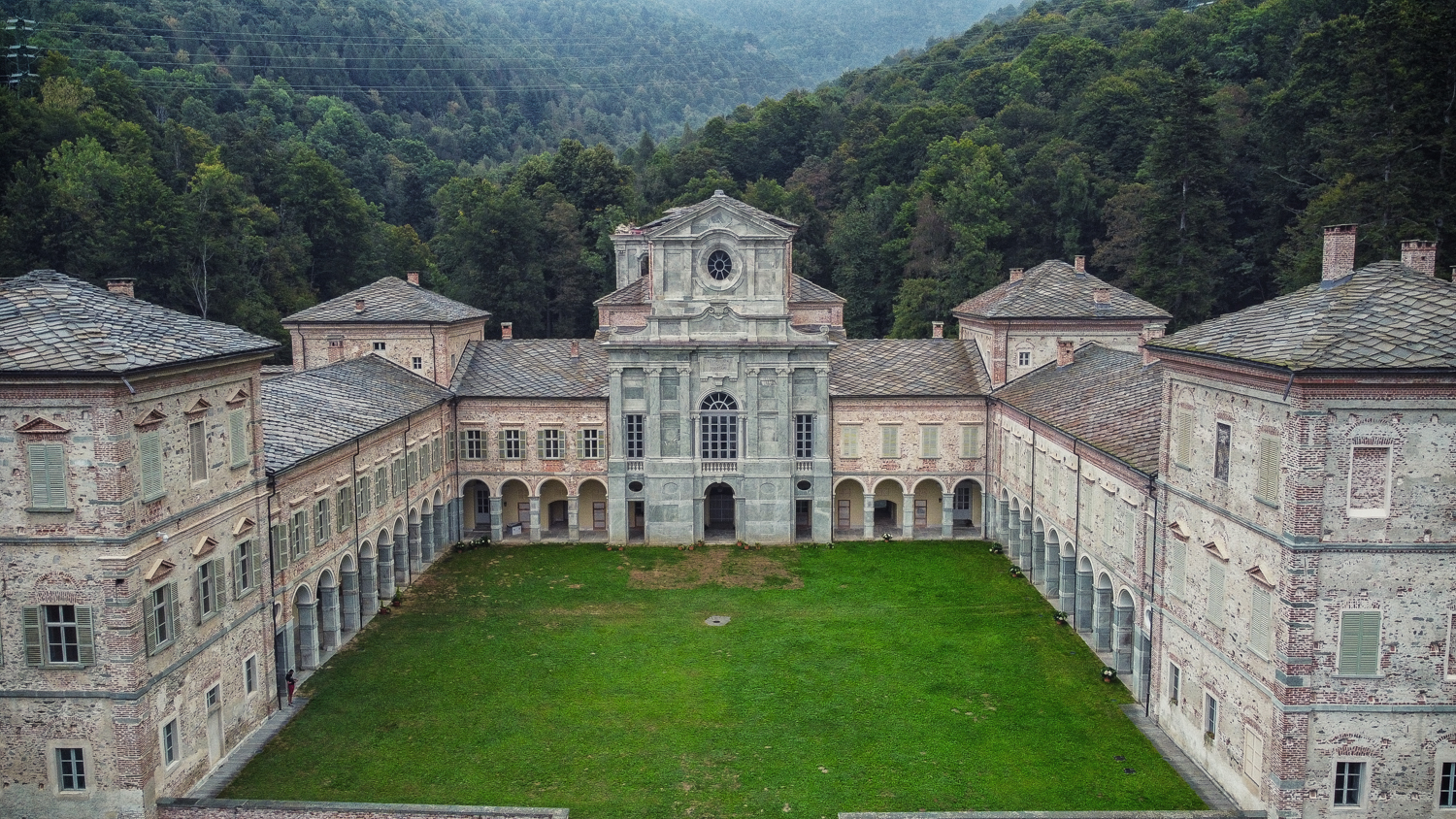Along the Padua-Monselice state road, past the centre of Battaglia Terme with its canals, on the top of a small hill you can admire a white and majestic villa, called Villa Selvatico. The building dates back to the end of the sixteenth century, when the noble Selvatico family (already owners of the hill and surrounding land) decided to build a sumptuous palace with an adjoining chapel dedicated to St. Helen in a panoramic and dominant position.
The site had been known for centuries by the toponym "colle della Stufa" (or stupa) for the presence inside of a sweat grotto, which historical sources recall having been frequented since the early Middle Ages to cure illnesses and relieve joint pain thanks to the heat and properties of the thermal waters that flowed there spontaneously. The grotto of Sant’Elena can be considered the archetype of modern spas: in the past it was well known both by locals and travellers, and was also used by illustrious figures including the poet Francesco Petrarca, Duke Francesco III of Modena, the philosopher Michel de Montaigne, the French writer Stendhal and the German poet Hainrich Heine.
In the Middle Ages the hill belonged to the Carraresi and Dalesmanini families, then it passed to the Marquis Bartolomeo Selvatico, who in 1593 began the construction of the villa, which was completed in 1647 by the illustrious doctor Benedetto Selvatico, probably by Lorenzo Bedogni.
The building has a square plan, with crenellated corner towers and a singular lead-covered dome in the centre, which gives the whole a fairy-tale air of oriental taste. The layout recalls some contemporary Palladian villas, such as the Rotonda in Vicenza or the Rocca Pisana by Scamozzi in Lonigo. The four facades are enriched by double gables with Doric and Ionic orders overlapping, crowned by tympanums; on the east side, facing the Battaglia canal, there is a monumental staircase that allowed direct access to the villa for those arriving by boat from Padua and Venice.
Inside, the central cross-shaped hall has a rich cycle of frescoes painted in 1650 by Luca Ferrari of Reggio. The paintings illustrate the Stories of Antenore, the mythical founder of Padua; the painter, with lively inventiveness and great narrative ability, presents the mythological characters set in everyday reality using a luminous chromatism, representative of the phase of transition between Renaissance classicism and the emphasis of Baroque art.
The scenes depicted are: the "Escape of Antenor from Troy", the "Victory of Antenor over Valesio" and the "Foundation of Padua", all freely inspired by the Virgilian Aeneid and the Stories of Titus Livius.
The villa is immersed in the natural park that surrounds it. At the beginning of the nineteenth century, the Paduan architect Giuseppe Jappelli was commissioned with the project of converting the Italian garden into a romantic park, according to the "English" fashion.
